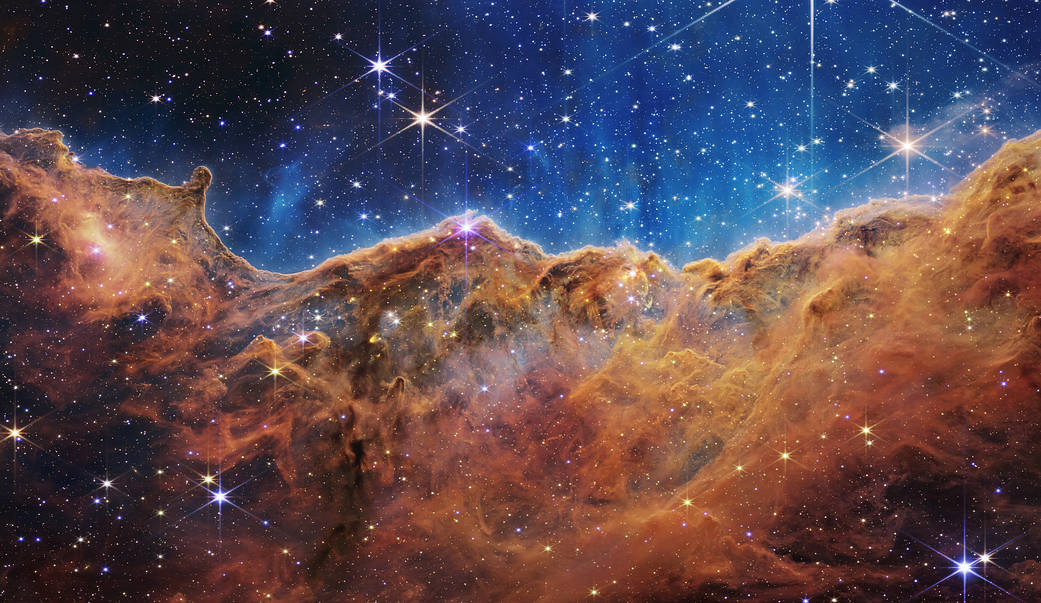Have we opened a window to endless possibilities with the James Webb Telescope?
- July 14, 2022
- Trends
The James Webb Space Telescope (JWST), the $10 billion “time machine” is the world’s most advanced space observatory, which we have been waiting on for more than two decades and is hailed by NASA as a milestone marking a new era of astronomical exploration.
It is a collaboration between NASA, the European Space Agency, and the Canadian Space Agency.
Considered a technological breakthrough in human history, it gives astronomers a peek into the cosmos, baby planets, and what the universe looked like millions of years ago right after the big bang.
Universe as never seen before
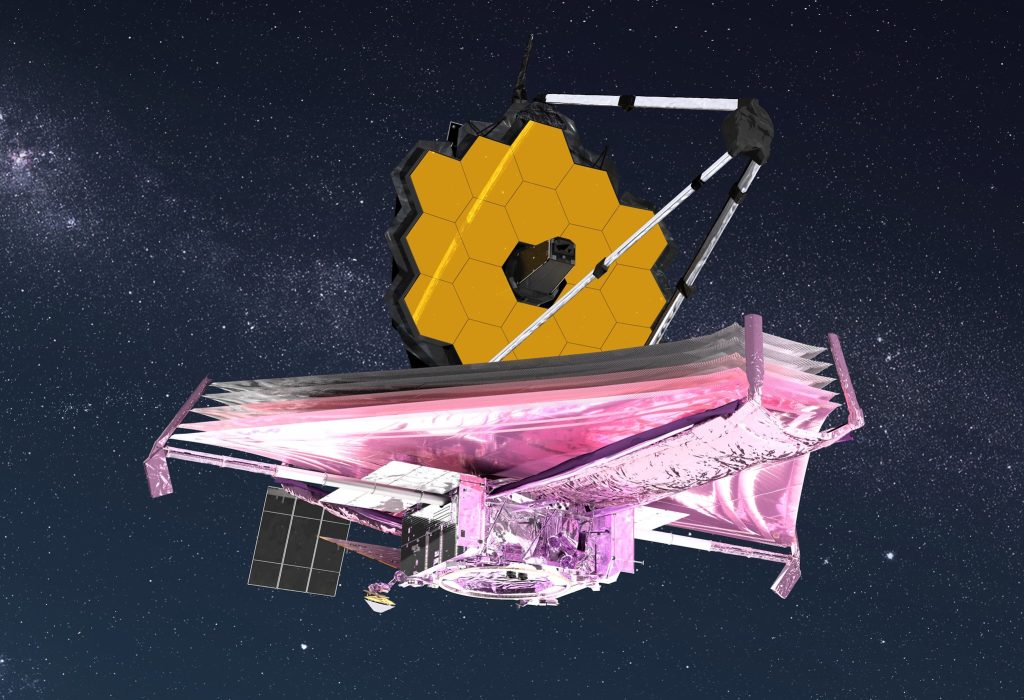
James Webb Space Telescope is a remarkable feat in the history of mankind. It sets the bar so high as opposed to the Hubble Telescope, as it can sense far redder infrared wavelengths.
With highly sensitive infrared spectroscopy, Webb is capable of digging into the depths of the spectrum of a planet and breaking them down to reveal its compositions.
With the help of a larger mirror, it can produce images that are two to three times sharper than Hubble’s, and which can go much deeper into space.
This gets the scientists all excited, as it has the possibility to reveal what might be the greatest secrets of the universe, we live in.
No one really knows, what a scientific instrument of this caliber can unveil.
The spectacular discovery: A new worldview
What appears to be a tiny peck of light to our eyes could actually be a cluster of galaxies that are billions of years old.
NASA revealed some breathtaking images on Monday, which were captured by Webb. And here is what NASA Administrator Bill Nelson said about the images: “If you held a grain of sand on the tip of your finger at arm’s length, that is the part of the universe you are seeing — just one little speck of the universe”.
Stephan’s Quintet
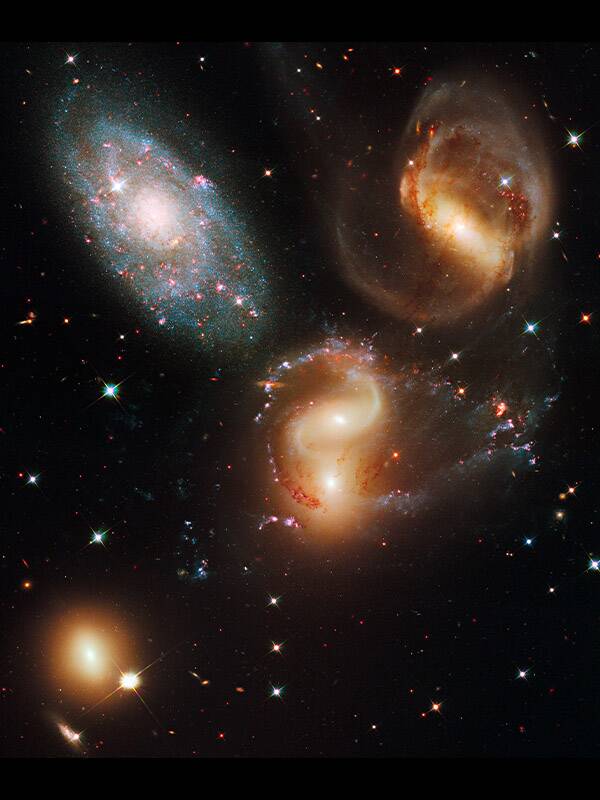
This image of five galaxies has close interaction- a sort of cosmic dance driven by the gravitational force, which helps scientists study the type of interaction galaxies have during the merging and evolution. The left-most galaxy is well in the foreground, about 40 million light-years away from us, and the rest at a distance of 290 million light-years.
Tracing back our origins
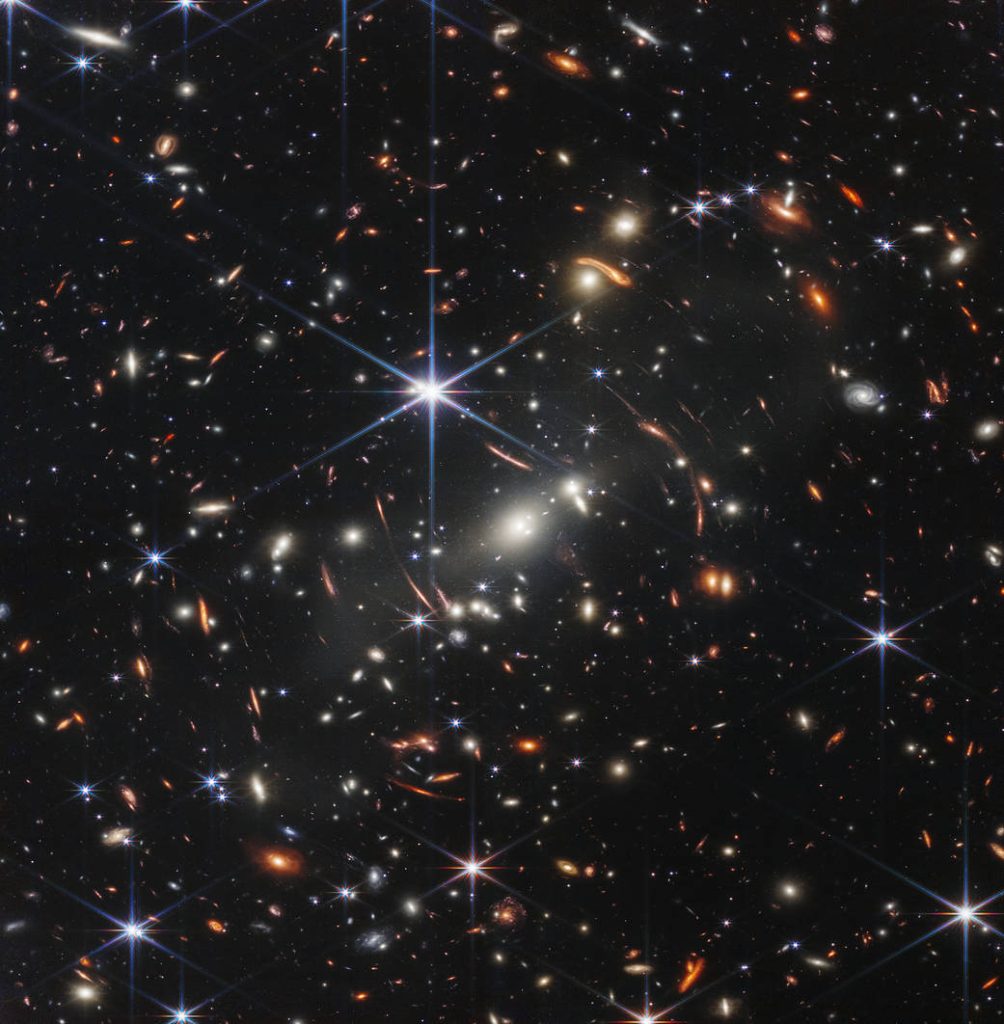
This galaxy composition is by far the deepest and sharpest infrared image of the distant universe. These stars represent what it was like when the universe was less than a billion years old (early period after the Big Bang).
These faint smudges of galaxies that are 13 billion light years away are enough for the astronomers to study and understand how the universe we know as came to be.
Understanding the composition
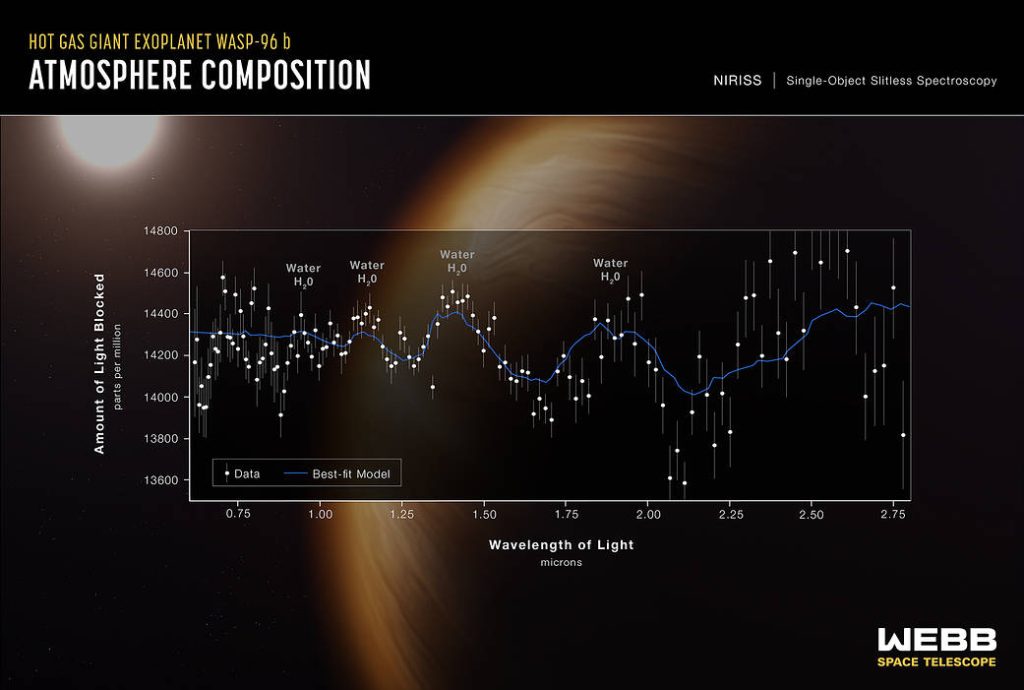
The first exoplanet data from Webb, about the size of Jupiter and half of its mass with the evidence of water and clouds surrounding its atmosphere. The haze like water vapors seen is just heat streams, as this is closest to its Sun-like star more than Mercury to the Sun.
Final performance of a Star
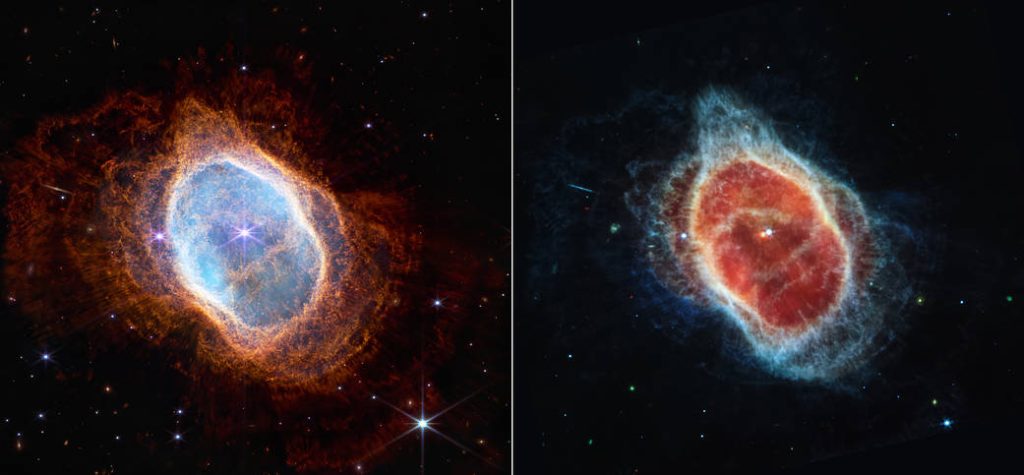
With a cache of distant galaxies in the background, this is the image of the Southern Ring planetary nebula. If observed closely, you can get a peek at an edge galaxy in the left picture. This is the planetary nebulae of a dying star, that ejects shells of gas and dust at the late stage of a star’s life.
Landscape of “mountains” and “valleys”
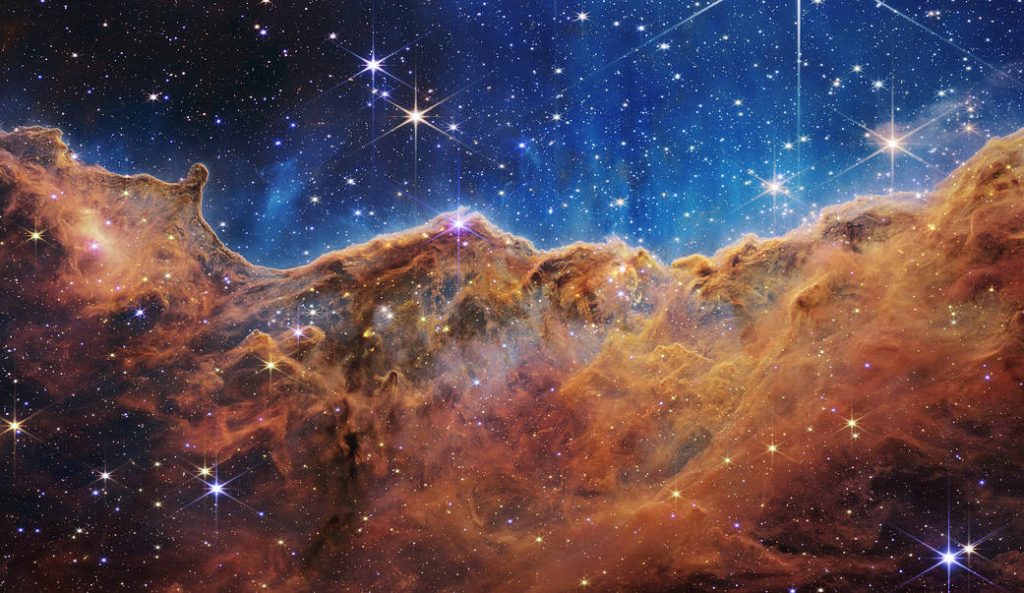
The image reveals for the first time previously invisible areas of star birth. This landscape of “mountains” and “valleys” dusted with glittering stars depicts the birth of a young star. It is 7600 light years away from the milky way. Every single dot of light contributes to a star, some with its own planets.
Now…what next going further into the future?
Witnessing all these images has made us firmly believe that “Somewhere something incredible is waiting to be known”- Dr. Carl Sagan, and this could be the very first step towards it.
Here are some awesome next-generation telescopes that may be launched over the next decade.
LUVOIR, or the Large UV/Optical/IR Surveyor
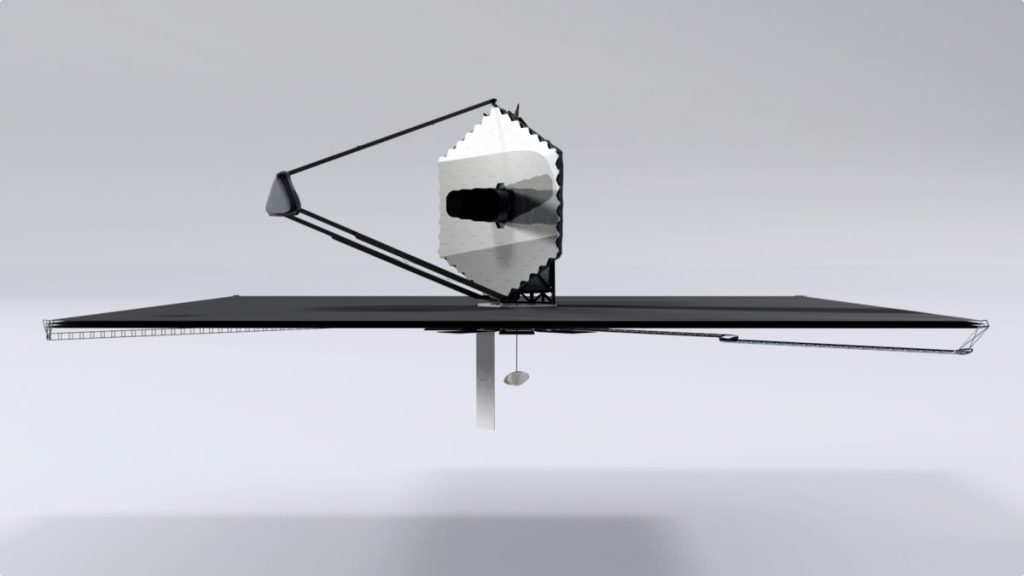
A true successor to the Hubble Space Telescope that is capable of seeing infrared, visible light, and ultraviolet. It can help observe objects within the solar system with a pretty good view.
Nancy Grace Roman Telescope
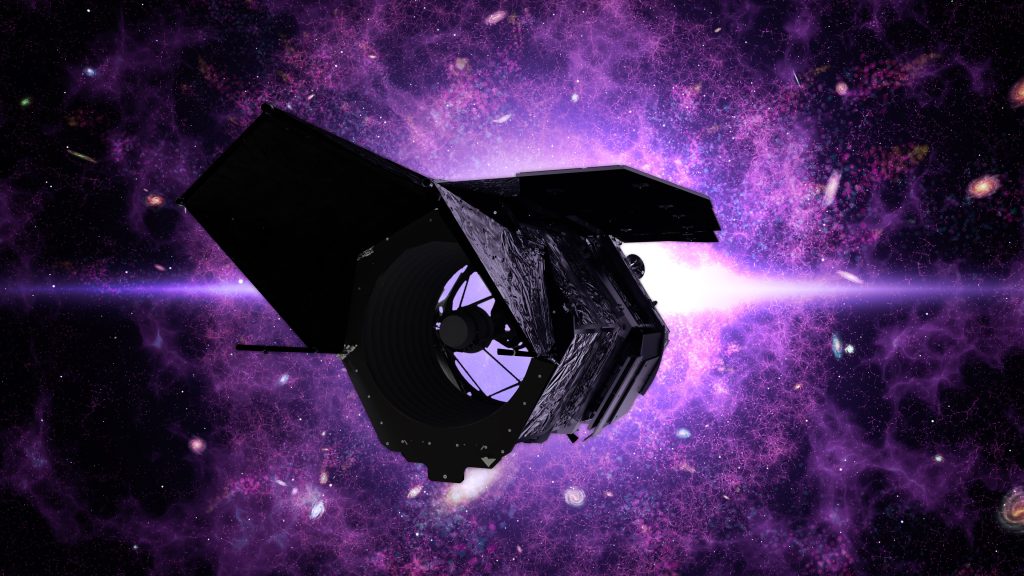
This telescope is built to survey millions of galaxies to discover potentially millions of exoplanets and map large swaths of the universe to study the evolution of dark energy.
HabEx
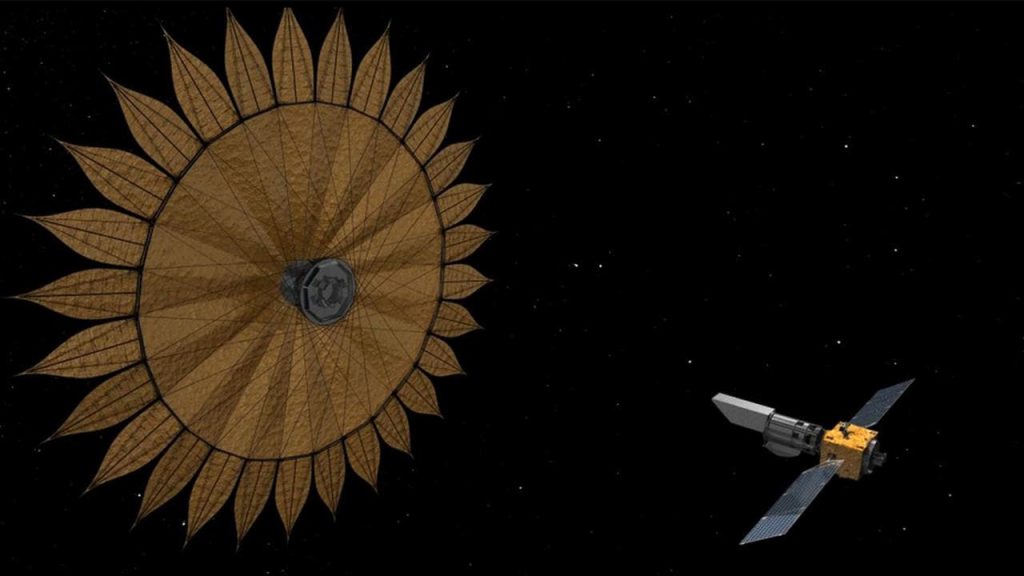
The Discovery of the next Earth is a million-dollar question. Finding a habitable planet is just the first step. It is important for the planet’s composition to be similar to that of Earth. That’s where The Habitable Exoplanet Imaging Mission (HabEx) comes in.
Dare
The era during the first few hundred million years after the Big Bang was appropriately named the “Dark Ages.” Dark Ages Radio Explorer helps hunt for what happened during the cosmic Dark Ages.
Into the Unknown
This is just the beginning. All the ground-breaking discoveries that are yet to be made, could take us beyond the horizon. Thus, we can never stop exploring the heavens as it is a step forward for humanity.
Our sun, planets, and stars, and ultimately us humans are made of the same stuff (ions, stardust) as these stars, which remind us how we are connected to the universe.
If these astonishing images of deep space, taken by the James Webb Space Telescope orbiting almost 1 million miles from the earth, can help us see billions of years into the past, the same telescope if pointed from another location toward earth can see the earth at a different time, based on the distance from where it’s positioned. In that case, what would it capture? Will it be the present or the past? Will we be present in its time or already dead? Or like the Sci-Fi movies, Will we witness ourselves in a parallel universe?
Will extra-terrestrial life be found? The alternatives are endless!
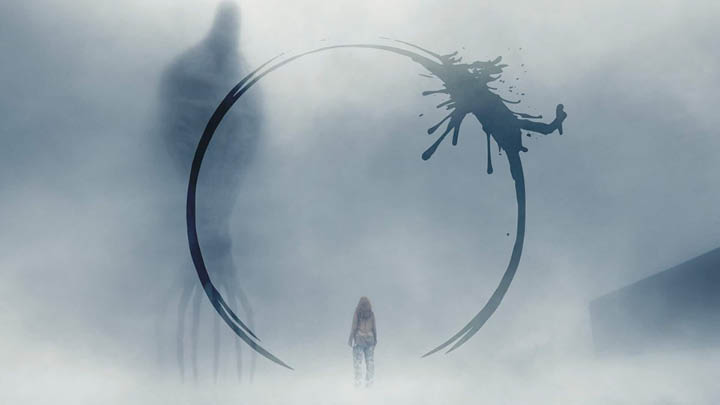
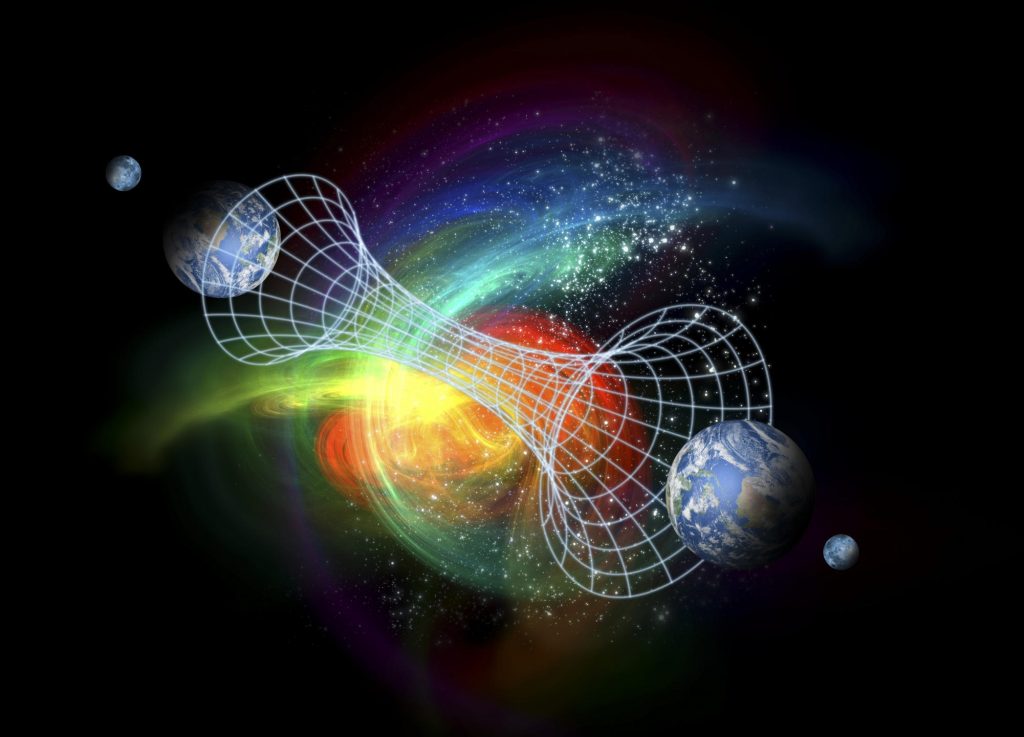
What are your thoughts? If you want to share anything on this or a topic you care deeply for, send us your submission. Here are the guidelines.
- You’ve heard of Pushpa. Now meet the real town behind it, Chittoor!
- 5 Steps to Be Better Than Competitors in Business and Dominate Your Market
- Proven Methods to Increase TikTok Followers Fast and Easily
- Five Types of Non-fiction that Even Fiction Lovers Will Enjoy!
- The Power of Shelf Talkers in Retail Environments

